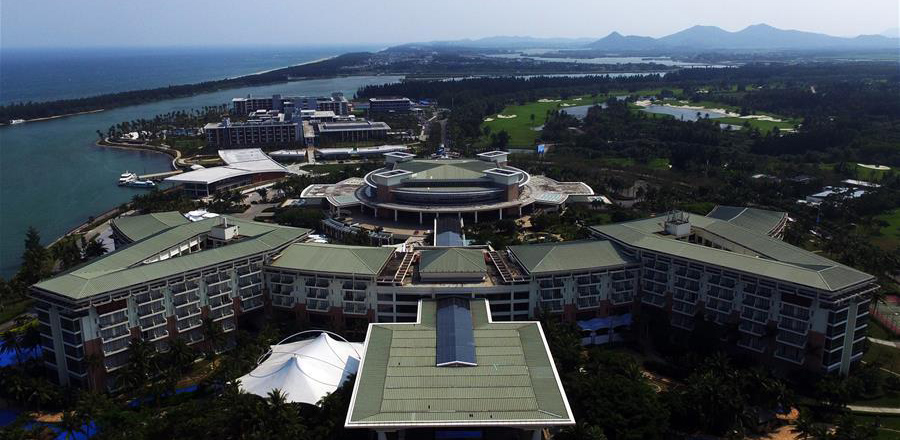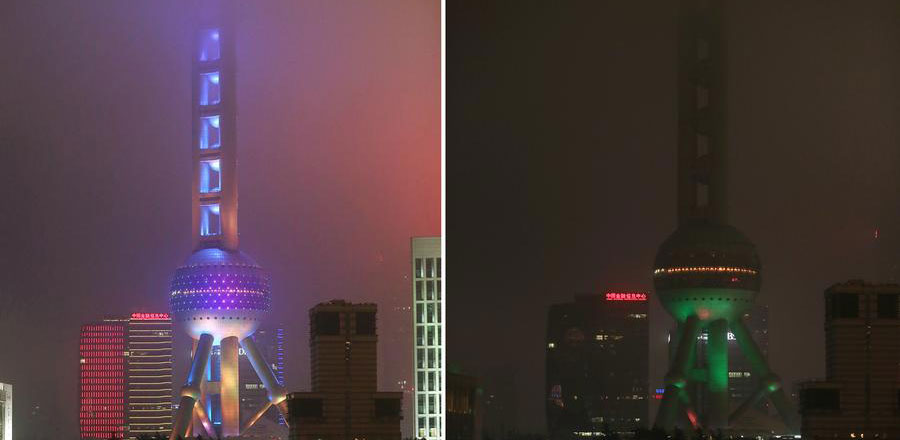
Marine disasters cost China around 7.3 billion yuan ($1.1 billion) last year, which was less than the average during the past decade, the national marine authority said on Tuesday.
Steps to improve monitoring and related forecast services in 2016 aim to improve the situation further.
In 2015, 10 storm surges hit the southern coastal regions, accounting for 99 percent of the 7.3 billion yuan in direct economic losses. The three provinces in the region - Zhejiang, Fujian and Guangdong - were hardest hit, both economically and in terms of casualties, said Zhang Yijun, deputy head of the marine disaster control center within the State Oceanic Administration.
Last year, 30 people died or went missing as a result of marine disasters but the national marine authority said in its annual report that both the casualty levels and economic damage were below average levels since 2006.
During the past decade, the country sustained 13.3 billion yuan in economic losses and lost 136 people because of the disasters that were largely caused by storm surges and billows, sea ice, tsunamis and soil salinization, the authority said.
Among the disasters, Mujigae, the 22nd typhoon of 2015, caused an economic loss of 2.7 billion yuan when it destroyed a large number of homes, fishing boats and port facilities after it came ashore in the southern coastal region on Oct 3, making it the hardest hitting of the disasters.
Zhang said that the authority would strengthen its monitoring capacity by building more stations in coastal regions and improve its ability to forecast marine disasters in 2016.
As of the end of 2015, China had expanded its national monitoring network covering the coastal areas to include 161 monitoring stations on land, 118 offshore and by adding other observation apparatus including satellites, boats and radar stations.
While the number of casualties fell in 2015 to 30 from a recent high in 2013 of 124, the country made less progress on long-standing issues including seawater intrusion and soil salinity, the bulletin said.
In 2015, the coastal regions next to the Bohai Sea in Liaoning and Hebei provinces that were contaminated by salt from seawater grew a little larger in comparison to 2014, said Wang Bin, deputy head of the administration's general office. Such soil is poor for growing grain crops.
zhengjinran@chinadaily.com.cn

(China Daily 03/23/2016 page5)








